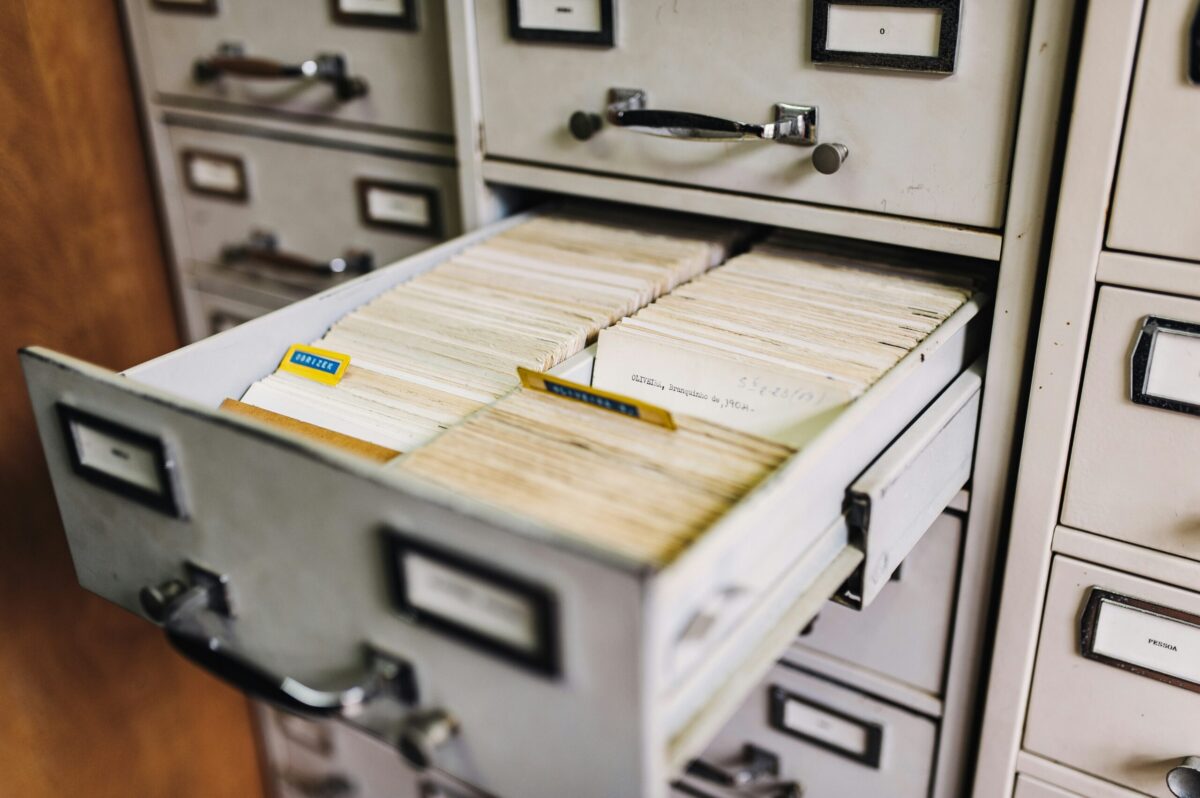Ripple, the primary developer of the XRP Ledger and the largest holder of $XRP tokens, is set to release 1 billion tokens on 1 November.
This release, valued at over $520 million based on recent prices, could impact $XRP holders and influence the broader crypto market.
Ripple’s monthly release of 1 billion $XRP tokens from escrow increases the amount of $XRP available in the market. Right now, over 40 billion $XRP tokens are held in escrow, and these tokens are not included in $XRP’s circulating supply.
When Ripple releases these tokens, it can choose to sell a portion, which increases the available supply of $XRP on the market and potentially reduces the value of $XRP held by investors.
Market reaction to previous token releases has shown that $XRP’s price can drop as more tokens are unlocked. For example, $XRP’s price dropped sharply after last month’s token release and again after Ripple sold an additional 200 million $XRP tokens.
Currently, $XRP is trading at $0.524, having fallen about 16% in the past month. Some analysts believe that the increase in supply could put further pressure on $XRP’s value, particularly as investors weigh the impact of these tokens entering the market.
Unique token structure and escrow system
The cryptocurrency $XRP operates differently from other major cryptocurrencies like Bitcoin. Instead of being mined over time, all 100 billion $XRP tokens were created when $XRP was launched in 2012.
Ripple retained a large portion of these tokens and has periodically sold them to raise funds and support the $XRP ecosystem. However, by 2017, concerns grew among investors about Ripple’s power over $XRP’s supply and the potential impact on its market value.
In response, Ripple implemented an escrow system in 2017. This system locks up 55 billion $XRP tokens in a cryptographic account, and each month, Ripple releases 1 billion $XRP from escrow.
Ripple usually sells a portion of these tokens to fund its operations and ecosystem projects, and it returns around 80% of the unsold tokens back to escrow to extend the release schedule.
Ripple’s approach aims to add transparency and predictability to the release of $XRP tokens, but it has not completely removed concerns about market impact.
October’s sales show that Ripple’s sales strategy can still affect the market. While Ripple argues that controlled releases and ecosystem investments support the long-term growth of $XRP, some investors feel that the frequent token releases and sales could harm the value of their holdings.
Additionally, Ripple has sometimes made controversial uses of these funds, such as in October when Ripple co-founder and CEO Chris Larsen used $10 million worth of $XRP to support Kamala Harris’s presidential campaign.
“It’s time for the Democrats to have a new approach to tech innovation, including crypto”, Larsen said. “I believe Kamala Harris will ensure that American technology dominates the world, which is why I’m donating $10M in XRP in support of her.”
Some analysts believe that the recent token sales could have partly funded this donation, possibly leading to additional dilution of $XRP holdings.
Legal battle over XRP’s regulatory status
Ripple is also dealing with an ongoing lawsuit that could influence how $XRP is treated in the regulatory landscape.
Ripple Labs, its CEO Brad Garlinghouse, and $XRP II LLC are defendants in the case, and they recently requested a final judgement on claims that XRP transactions violated securities laws.
They also requested that the court put state-level claims on hold until a decision is made on the class action claims.
In response, Judge Phyllis Hamilton suggested that both sides could consider dropping the state-level claim for now, allowing it to be re-filed if necessary after the class action claims are resolved.
Ripple and the plaintiffs were asked to respond to the judge’s suggestion by 4 November, either by agreeing to her recommendation or by filing a notice if they choose not to pursue it.
Lead plaintiff Bradley Sostack, along with Ripple, is pressing for a final judgement to determine if $XRP transactions from the past six years violated securities laws.
Efforts to reach a settlement have not been successful, and the case will proceed to trial, with jury selection scheduled for 21 January. This legal case has significant implications for Ripple’s future and for how $XRP might be regulated going forward.


